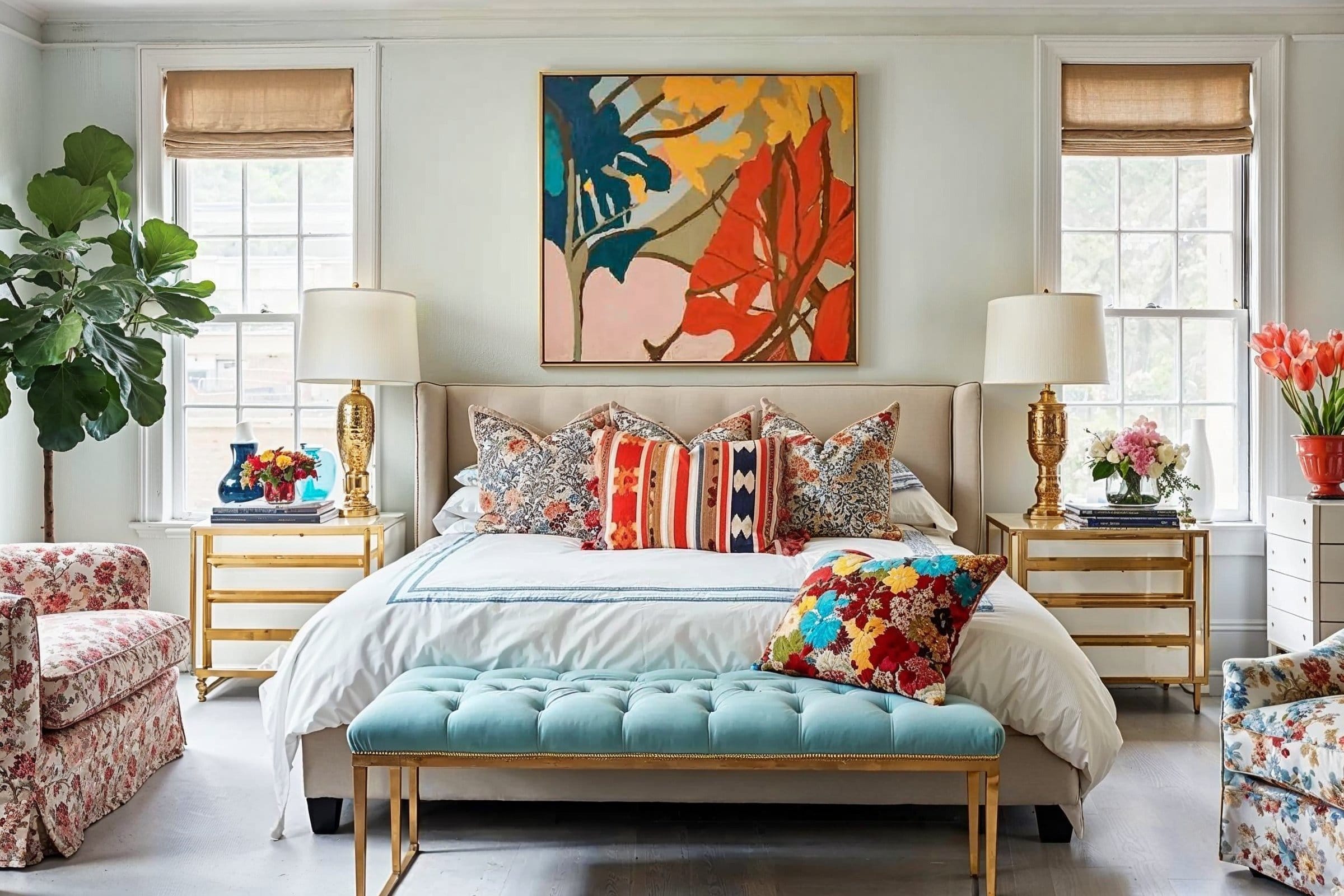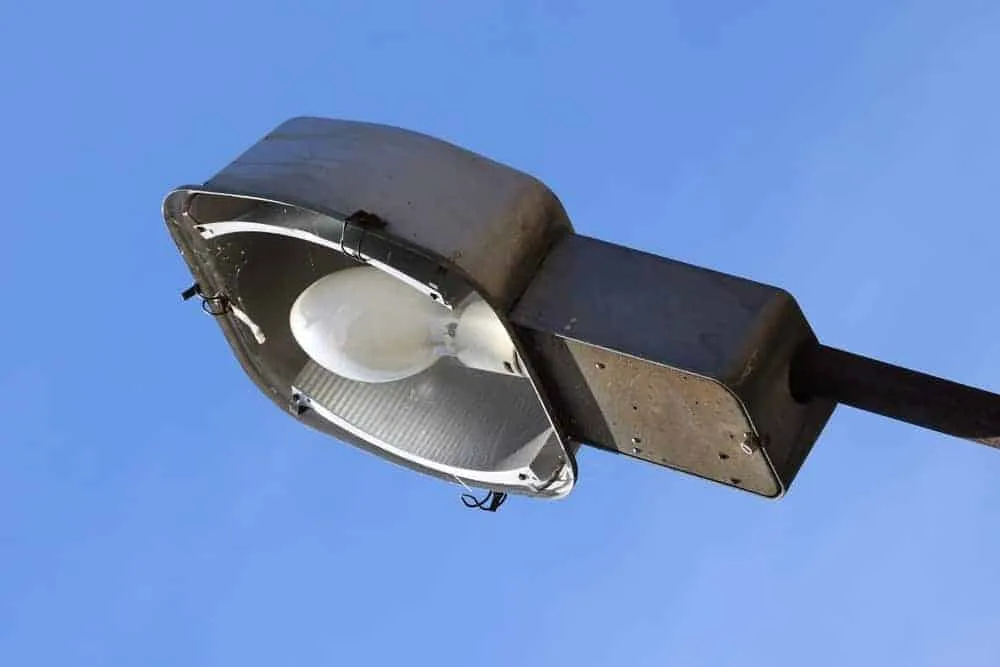Stay Ahead of the Game with These Minimalist Design Trends minimalism is not just a fleeting trend; it’s a design philosophy that has evolved and endured through the years. It’s all about achieving a sense of peace and harmony through simplicity, function, and subtle elegance. If you’ve been paying attention to the latest minimalist interior design trends, you’ve likely noticed that these trends are not only focused on aesthetics but also on creating functional spaces that align with the modern-day lifestyle.
In an era where technology moves fast and the pace of life can feel overwhelming, minimalism provides a sense of calm amidst the chaos. By cutting away the clutter and focusing on what truly matters, minimalist design has become more relevant than ever before. So, whether you’re redecorating your apartment, house, or office, it’s important to stay ahead of the game with the latest minimalist interior design trends.
This article will walk you through some of the most exciting and innovative minimalist design trends to embrace in 2025 and beyond. These trends will help you create spaces that feel expansive, functional, and refreshing while maintaining the essence of minimalism.

1. Neutral Color Palettes with Warm Tones
When it comes to minimalist interior design trends, one of the foundational elements is the use of neutral color palettes. However, the trend has evolved from stark whites and cool tones to warmer, more inviting shades. Warm neutrals such as beige, soft taupe, and creamy whites are replacing the previously popular cold greys and harsh whites.
A Soft, Inviting Base
Neutral tones create the perfect foundation for a minimalist space. These colors evoke calmness, openness, and tranquility, essential for creating an oasis in the home. These colors reflect light, making small spaces appear larger, and they provide a sense of openness. By using warm neutrals, you can create an inviting space that feels like a sanctuary, ideal for unwinding after a busy day.
Layering Earthy Tones
Incorporating earthy tones such as warm wood hues, terracotta, and olive green has become a staple in the latest minimalist interior design trends. These hues bring nature indoors, fostering a connection with the natural world and adding texture to an otherwise simple design. The use of natural materials and tones helps create a grounded, authentic atmosphere that feels both contemporary and timeless.
2. Sustainable and Eco-Friendly Materials
One of the most notable minimalist interior design trends is the rise of sustainability. In recent years, more people have become conscious of the environmental impact of the products they buy and the materials used in their homes. This has led to the growing popularity of eco-friendly materials that not only align with minimalist principles but also contribute to a healthier planet.
Sustainable Furniture
Gone are the days when minimalist design meant sacrificing sustainability. Today, minimalist spaces can be both chic and environmentally conscious. Designers are opting for furniture made from reclaimed wood, bamboo, or other sustainable materials that boast a timeless, minimalist aesthetic. These materials are not only durable but also help reduce the carbon footprint, aligning with the ethos of mindful living.
Recycled and Upcycled Decor
Incorporating recycled or upcycled decor into minimalist interiors is another trend that’s gaining momentum. Vintage finds or furniture pieces made from reclaimed materials lend a unique charm to the space while minimizing waste. These pieces tell a story and add character, making them a perfect fit for a minimalist home.
3. Multifunctional and Space-Saving Furniture
As apartments and homes continue to get smaller, especially in urban environments, multifunctional and space-saving furniture is becoming a crucial aspect of minimalist interior design trends. The need for efficient use of space is at an all-time high, and designers are finding innovative ways to blend functionality with style.
Hidden Storage Solutions
To maintain a clean and clutter-free space, many modern minimalist designs incorporate clever storage solutions that remain hidden from view. For example, beds with built-in storage or modular sofas that can be rearranged and customized depending on your needs help maximize space. These pieces are practical and contribute to the minimalist aesthetic by keeping everyday items neatly tucked away.
Transforming Furniture
Another exciting trend is the rise of transforming furniture. Pieces like fold-out desks, wall-mounted folding tables, and expandable dining tables allow for versatility without compromising on style. These furniture pieces are designed to adapt to your needs, making them perfect for multifunctional rooms in apartments or homes with limited space.
4. Minimalist Lighting Fixtures
Lighting is a crucial element of any interior design, but in minimalist interior design trends, the focus is on understated yet striking lighting fixtures. These fixtures tend to be simple, often focusing on functionality, but with a sculptural quality that adds sophistication to the space.
LED and Recessed Lighting
Recessed lighting, which is hidden within ceilings, provides a sleek and modern look, keeping the focus on the space’s design rather than the light fixtures themselves. Similarly, LED lighting strips integrated into furniture or walls provide ambient lighting without cluttering the space. These fixtures are energy-efficient and offer a clean, streamlined aesthetic, ideal for any minimalist home.
Statement Light Fixtures
For those who still crave a little drama, statement lighting can be the perfect solution. In minimalist interiors, these pieces tend to be sleek and geometric, like a simple metal pendant light or a chandelier with clean lines. Rather than overwhelming the space, these lighting fixtures become focal points that contribute to the overall aesthetic without feeling out of place.
5. Large-Scale Art and Simple Decor
Another minimalist interior design trend gaining traction is the use of large-scale art or a few carefully selected decor items that add personality without cluttering the room. In contrast to more traditional decorating styles, where galleries of small frames or knick-knacks adorn the walls, minimalist spaces embrace art and decor that speak volumes without the need for excess.
Bold, Singular Art Pieces
Instead of multiple smaller art pieces, opt for one large-scale work of art that makes a statement. Minimalist art often embraces abstract designs or simple color fields that evoke emotion without overwhelming the senses. These pieces create visual interest and serve as the room’s focal point.
Functional and Aesthetic Objects
In minimalist design, every item in the room must serve a purpose. Functional objects such as simple vases, sleek bowls, and geometric sculptures are used sparingly. These items not only fulfill a function but also enhance the aesthetic of the space. The key is to avoid over-decorating—each piece should be thoughtfully chosen and placed.
6. The Rise of Minimalist Kitchens
Kitchens are increasingly embracing minimalist designs, focusing on clean lines, functional storage, and high-end appliances that blend seamlessly into the room. Minimalist interior design trends in the kitchen often feature smooth countertops, hidden storage, and a neutral color palette.
Streamlined Cabinets and Countertops
Flat-front cabinetry without handles or knobs has become a hallmark of minimalist kitchens. This design creates a seamless, smooth surface that emphasizes simplicity. When paired with sleek countertops, made from materials like marble, concrete, or quartz, the result is a polished, modern look that exudes sophistication.
Hidden Appliances
Another trend in minimalist kitchens is the integration of appliances into the cabinetry. Dishwashers, refrigerators, and even microwaves are often concealed behind custom cabinetry to create a uniform, clutter-free appearance. This integration ensures that the space feels more cohesive and less crowded by appliances, which can disrupt the clean lines of a minimalist design.
7. Minimalist Bathrooms: Spa-Like Simplicity
The minimalist trend has also extended to bathrooms, where homeowners are seeking to create spa-like retreats that focus on relaxation and tranquility. In minimalist bathrooms, the goal is to combine function and beauty without overcrowding the space.
Freestanding Tubs and Frameless Showers
Freestanding tubs are an elegant focal point in minimalist bathrooms, providing a sense of openness and serenity. Likewise, frameless glass showers enhance the feeling of spaciousness while keeping the focus on clean lines and simplicity. These fixtures allow the bathroom to feel airy and open, even in small spaces.
Simple, Neutral Fixtures
Fixtures in minimalist bathrooms are often sleek and understated, with simple lines and a neutral finish. Brushed metal faucets, black or white ceramic sinks, and minimalist mirrors contribute to a spa-like ambiance. These elements create a harmonious balance between function and style, transforming the bathroom into a place of calm and renewal.
8. Open and Airy Layouts
Open floor plans have long been a staple of minimalist homes. The idea is to create spaces that flow seamlessly into one another, fostering a sense of openness and freedom. These layouts are not only aesthetically pleasing but also practical, providing flexibility and ease of movement within the home.
Eliminate Non-Essential Walls
When renovating or designing an apartment or home, consider removing unnecessary walls that disrupt the flow of the space. By opening up the layout, you create a sense of unity and fluidity that is central to minimalist design. This approach encourages natural light to pour into the space, making it feel even larger and more connected.
Flexible, Multi-Use Rooms
As multifunctional spaces become increasingly important, minimalist design incorporates rooms that can easily adapt to different needs. A living room may double as a home office, while a dining room can transform into a reading nook. The goal is to maximize space without overloading it with furnishings, allowing the room to function in multiple capacities.
9. Embrace Technology Without Overcomplicating It
Technology plays a significant role in modern minimalist homes, but it’s important not to let it overwhelm the design. Minimalist interior design trends are all about seamless integration—technology should enhance, not detract from, the aesthetic.
Smart Home Integration
Smart home devices such as voice-activated lighting, temperature control, and security systems are becoming common in minimalist spaces. However, the key is to make sure that these devices blend into the background, enhancing convenience without cluttering the visual experience.
Streamlined Electronics
Similarly, electronics should be sleek and unobtrusive. Opt for clean, modern designs when choosing televisions, sound systems, and other gadgets. Wall-mounted TVs or minimalistic entertainment units that keep cords and cables hidden are excellent options for maintaining the minimalist ethos.
Staying ahead of the curve with minimalist interior design trends
means embracing a balance of aesthetics, function, and innovation. From warm neutrals to multifunctional furniture, these trends help create spaces that are both beautiful and practical. By incorporating these minimalist elements, you can transform any room into a calm, organized, and stylish haven—perfect for both relaxation and creativity.







